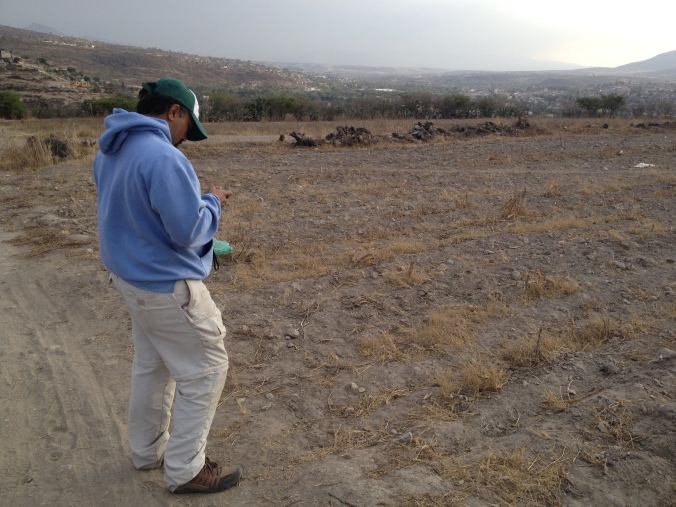My name is Jayur Madhusudan Mehta and I finished my PhD at Tulane University in 2016. Christopher Rodning was my dissertation adviser – he is currently a collaborator on several ongoing projects in the Mississippi River delta region. My Masters research was on the epistemology of sweat lodge structure classification in the Southeastern United States. I challenged idiosyncratic notions of how the archaeological remains of sweat lodges are classified and identified the sweat lodge as an ideological institution in the prehistoric Southeast. I am also interested in the modes of economic production among small-scale and complex societies and the degree to which ritual is intertwined in manufacturing, leadership, and power. My theoretical interests are in defining the role of religion and ideological power within prehistoric polities. More specifically, I am interested in understanding the historical processes that occur at incipient urban centers to induce populations to give up autonomy in place of governance. Given the degree to which religion, ritual and belief structure modern day discourse, I think it is important to delineate how religion/ritual/politics are interrelated processes in the development of centralized control mechanisms.
For my doctoral dissertation, I studied environmental dynamics at the Carson Mounds site, located near Clarksdale, MS. Once containing over 88 earthen mounds over the extent of one-mile, the site now has only 6 large mounds, 2 of which are double-conical. My research interprets mound chronology, site occupation and labor investment and defines the engineering principals making occupation and construction possible in the floodplain. Carson is unique in this aspect – whereas most Mississippian sites in the LMV were built in lacustrine environments, it appears portions of the Carson site were built adjacent to an active channel of the Mississippi river. I am particularly interested in how the residents of this site adapted to an active geomorphic setting and how construction/labor was organized. Furthermore, evidence for interaction with other parts of the Mississippian world are present at Carson, particularly in the form of non-local ceramic wares and Burlington chert tools (the raw resource comes from the mid-continental United States).
My other academic interests are in Diasporas (both East Indian and African), the topics of ethnicity and identity, archaeological theory, and public education. For more information, please download my C.V.
When I’m not doing archaeology, I like to ride my bike, lift weights, take my dog on walks, and make good food and drink wine with friends.
I am most definitely a southerner by upbringing but I’ve not always lived here. I was born in Baroda, India and I came to this country when I was 3 years old. I call Charlotte, North Carolina home even though I’ve always been a wandering soul.





